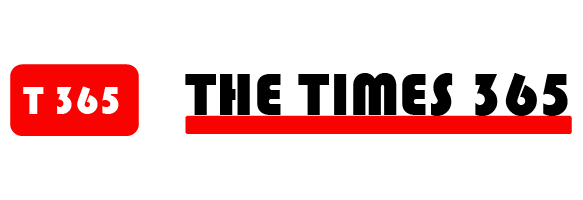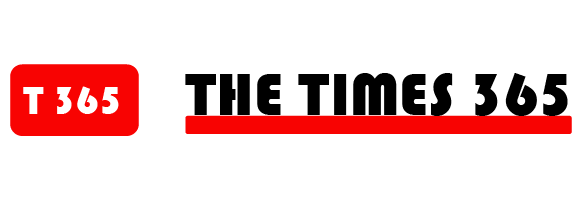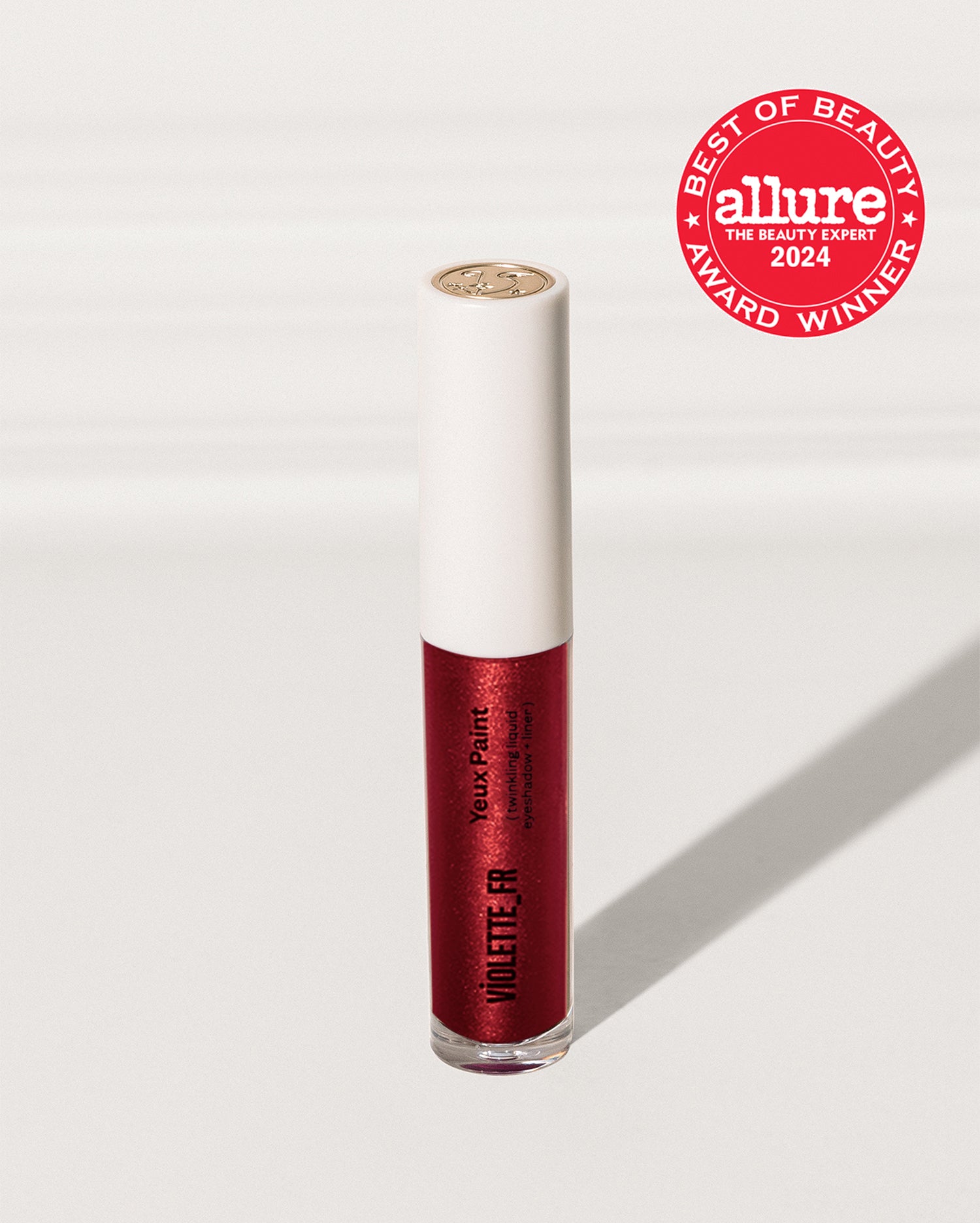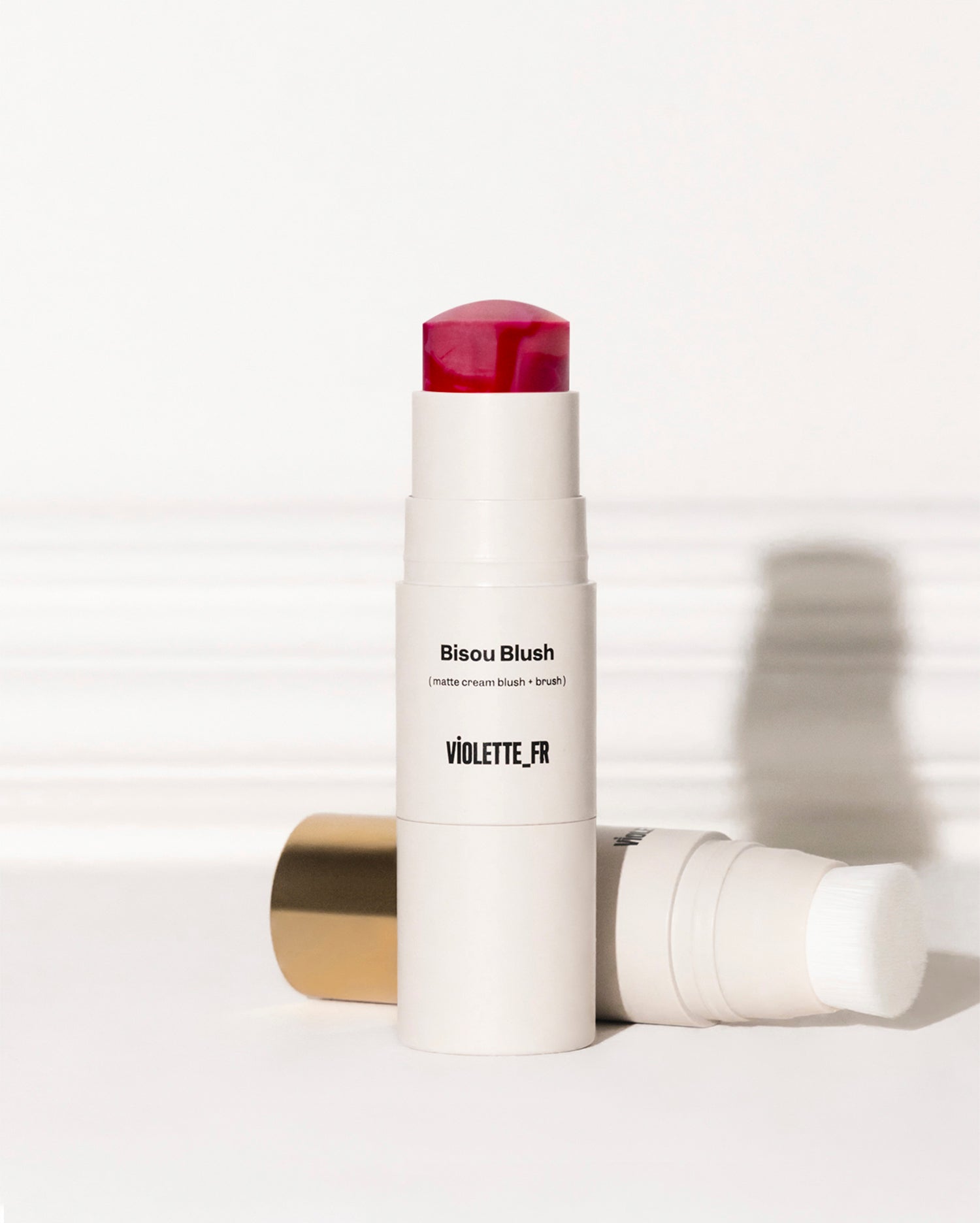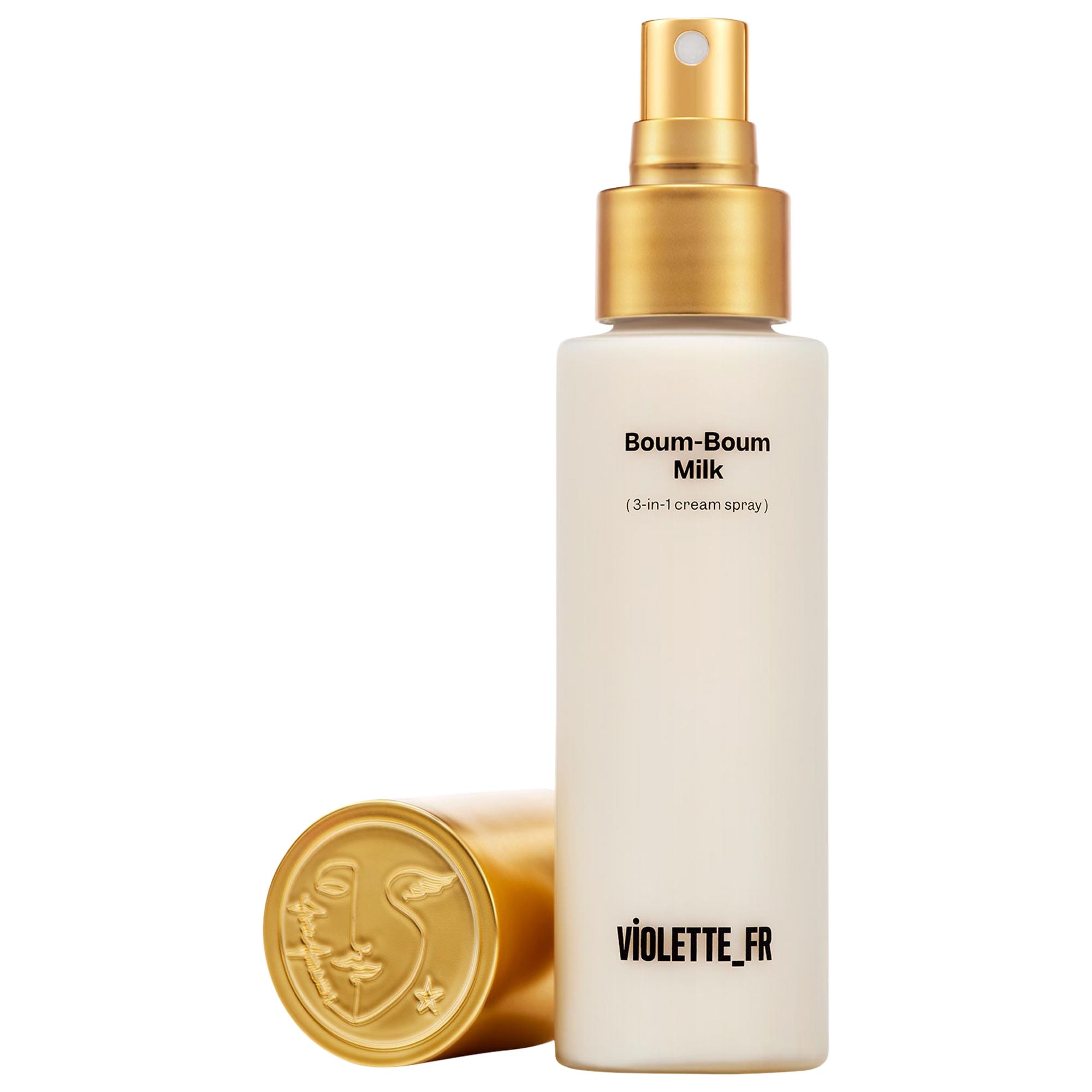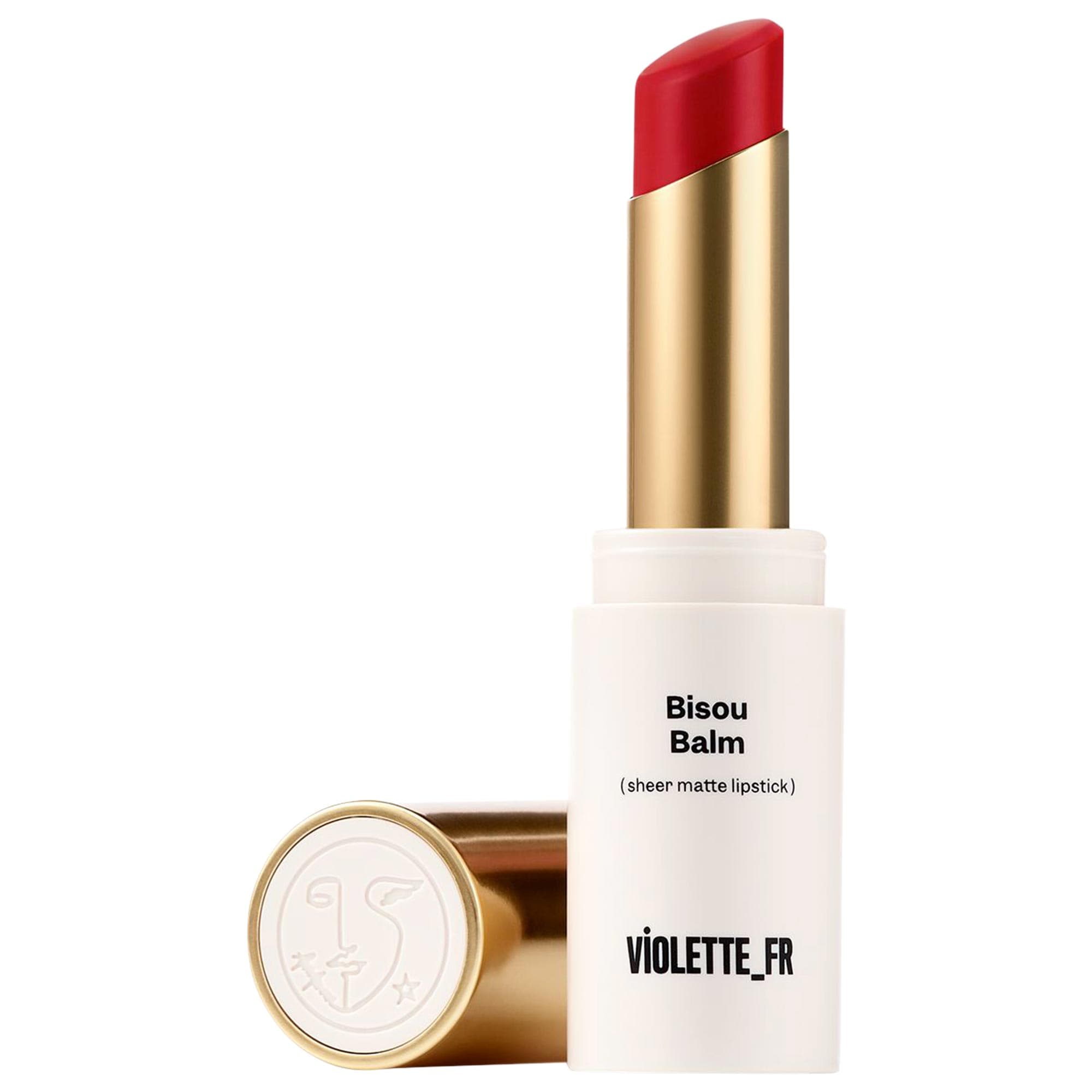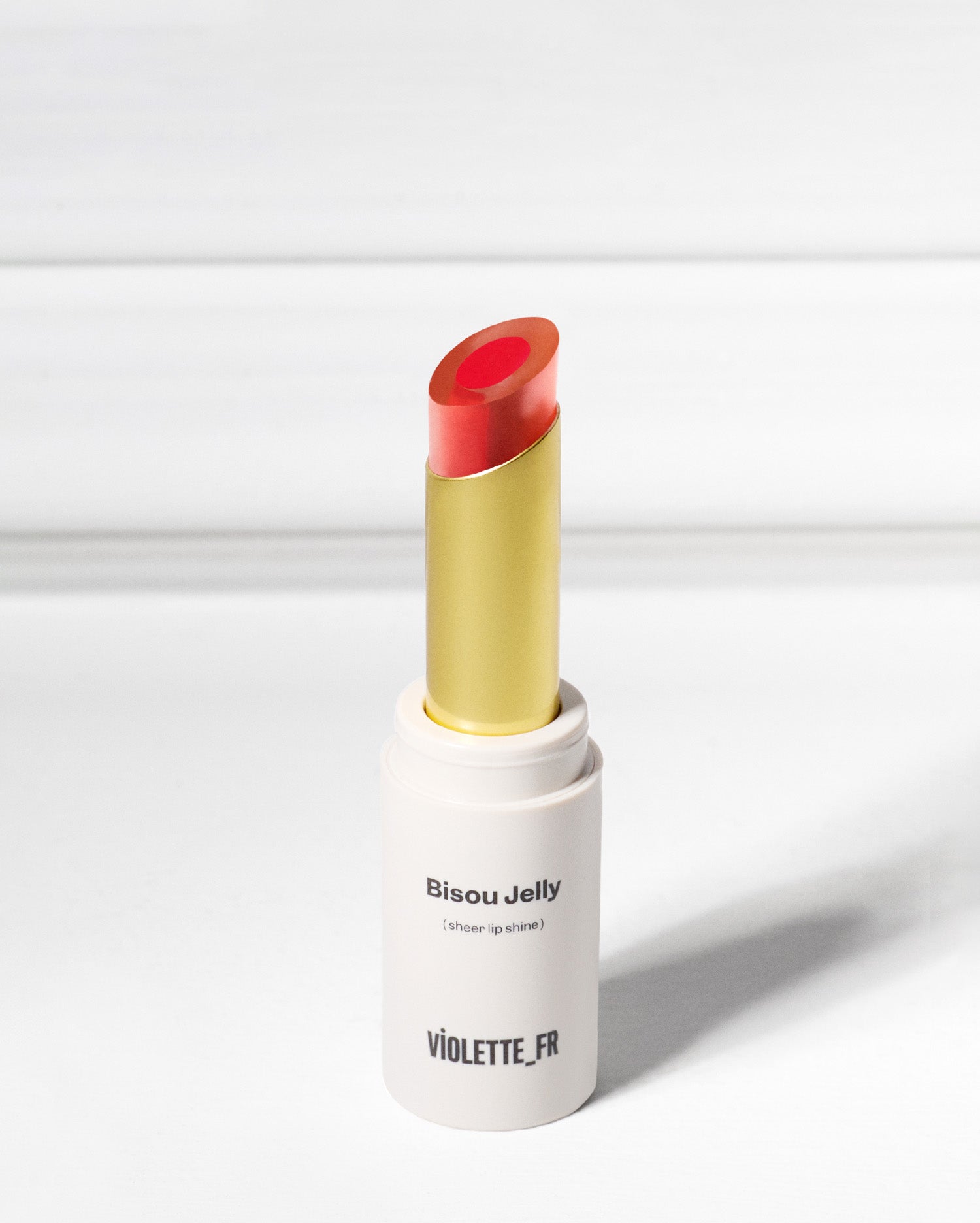Welcome to The Who What Wear Podcast. Think of it as your direct line to the designers, stylists, beauty experts, editors, and tastemakers who are shaping the fashion-and-beauty world. Subscribe to The Who What Wear Podcast on Apple Podcasts and Spotify.
Violette Serrat fell into the world of makeup by accident.
“My real background is art and fashion design, which is what I studied,” Serrat said. “By accident, I fell into the makeup world by doing makeup on one of my friends—but not like classic makeup. [It was] a full face of glitter.” While Serrat didn’t attend beauty school or work as an assistant to other makeup artists, she did incorporate her love of art to create her own products on set. “I used my learning in how to create my own paintings using pigments [and] raw materials to create my own product on set, which allowed me to develop looks that were different from what was happening in the fashion sphere at the time,” Serrat said. Serrat went on to work in the beauty space at legendary brands such as Dior and Estée Lauder.
In 2021, Serrat launched Violette_FR, a multicategory beauty brand, which has gained a cult-like following. Earlier this year, the brand launched in Sephora. For the latest episode of The Who What Wear Podcast, Serrat shares how she got her start, what the process for making some of Violette_FR’s best-selling products was like, and more.
For excerpts from the conversation, scroll below.
Before we get into the brand’s growth and expansion, can you give listeners a little bit of background on your journey from makeup artist to beauty entrepreneur?
My real background is art and fashion design, which is what I studied. By accident, I fell into the makeup world by doing makeup on one of my friends—but not like classic makeup. [It was] a full face of glitter. I thought, “Oh, it’s like dressing up a face and painting your face. This is really both of my studies, and I love [it] so much. I couldn’t pick one direction together, so maybe I should do makeup this way.”
Then when that happened, I just focused on being a makeup artist. I never assisted. I never went to makeup school. I used my learning in how to create my own paintings using pigments [and] raw materials to create my own product on set, which allowed me to develop looks that were different from what was happening in the fashion sphere at the time.
I focused on being a makeup artist for the fashion industry for 15 or … 17 years before doing my brand. Parallel to that, I have been working with Dior as a makeup designer [since] I was 26, and then I did Estée Lauder as a global beauty director, and then I did Guerlain. Basically, for those who don’t know what this means, you’ll be like the fashion designer of a house, where you design the makeup products. You help with the creative direction and how to communicate on looks and packaging, etc.
Can you walk us through some of your best sellers? How did you develop them, and how did they really “complete versus compete” with other things that other people might think are similar on the market?
I don’t believe that I need to check all the boxes and be the brand that has all the products that exist on the market. As a makeup artist, I use different brands, and I’m so happy to support other brands, especially if they did an amazing product. I don’t think that’s going to take away anything from me or my company. It helps us be better for the environment but also much more intentional for product development, and it pushes me very hard to be very innovative, which is a very fun, sometimes painful challenge.
Boum-Boum Milk was a huge innovation because a spray that can be practically your entire routine for people like me that have contact dermatitis and extremely dry skin… No toner, no milk usually on the market can do that for me, and that one does, and we have incredible results.
When we see results on people’s skin, it’s just the most rewarding thing. We now have the seal that you can use if you have eczema or psoriasis because we’ve seen also incredible results here. That was a big victory for me. Then we have Bisou Balm, which is something that I’ve been dreaming about for years.
In France, we do this thing that’s called bouche mordue, where we put a lip balm, tap a bit of lipstick, massage it, then kiss a tissue to remove the excess of the oil so it looks more matte. All that is because we want this bit of a lip flush. It looks like you’ve been kissed. I was wondering why nothing like this exists. I don’t understand. Also, I have a very textured lip, so I wanted something that will blur a bit to give it a bit of this sensual pout.
It sounds okay—sheer, matte, blurring, still hydrating lipstick should be easy to make. It was so painful. We worked with so many labs. Nobody could do it. It’s actually much more easy to do a classic bullet. When it launched and now when we see the response, it’s nuts for me. I cannot believe the response on this product. It’s so rewarding because I had this vision that only [I] understood because it was in my head. I fought so hard to make it happen. Now, people connect to it.
The last one I would say is Bisou Jelly, which is the sister of Bisou Balm. It’s a jelly version. It’s a jelly with a center core with pigment, which is hand-filled. It’s a very innovative product that delivers exactly what I wanted. … You’re gonna apply the jelly above the lip line, which gives this little pout, super sensual. Then the center core is just gonna deliver the pigment everywhere, and it’s highly hydrating. That’s also a big reward.
This interview has been edited and condensed for clarity.
Explore More:
